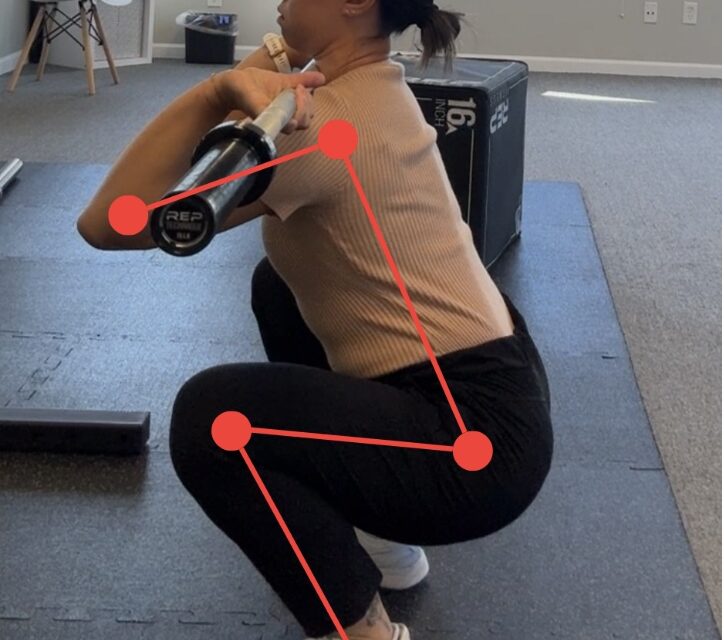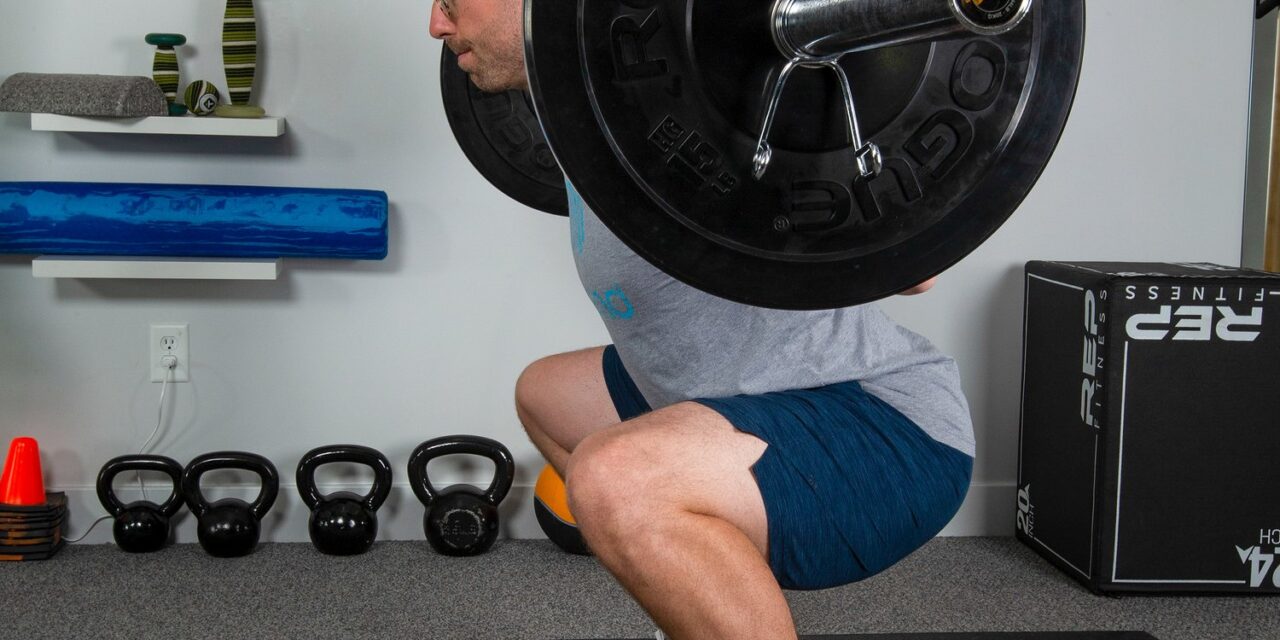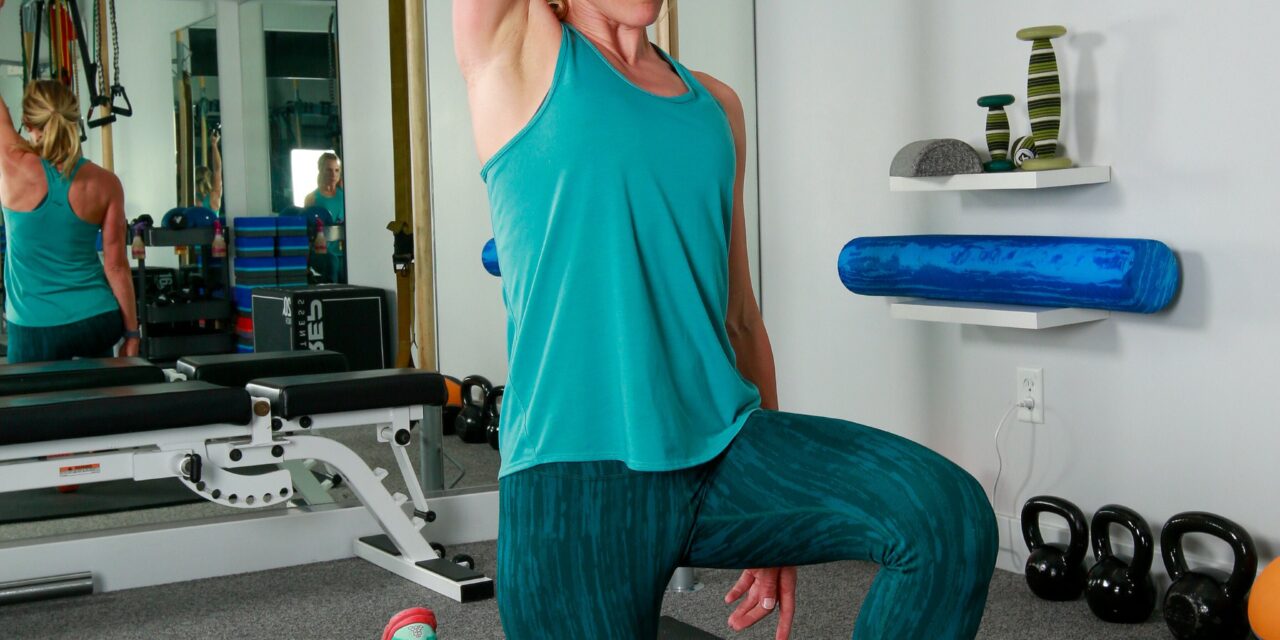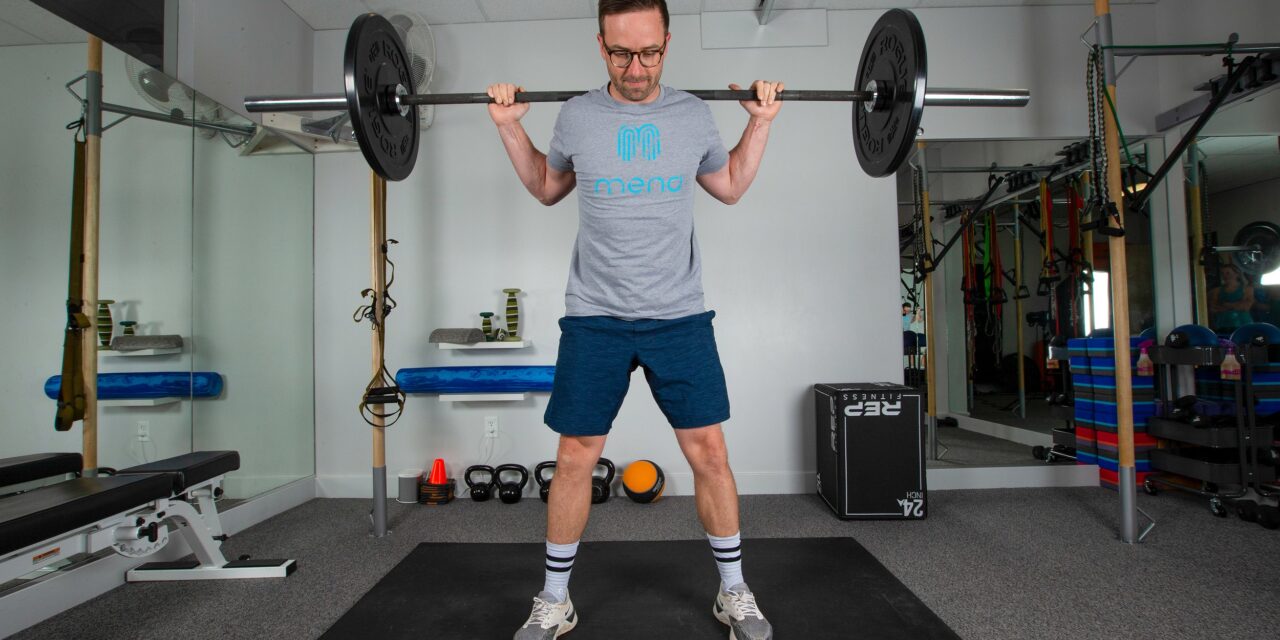Why Does My Chest Drop When I Front Squat?
By: Erica Tran, PT, DPT, OCS Ever feel your chest collapsing forward in the bottom of a front squat? I put together a quick self-exam so you can test your ankles, hips, thoracic spine, wrists, elbows, and shoulders to find what’s holding you back. Even better, I’ve added simple treatment ideas for each area so...





